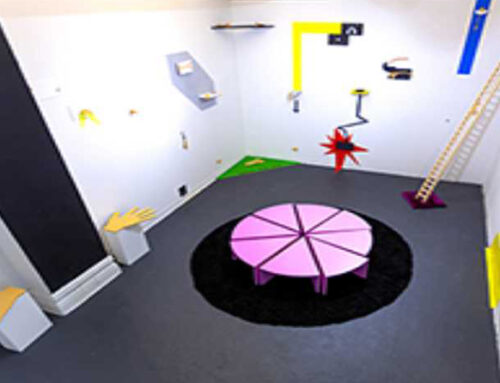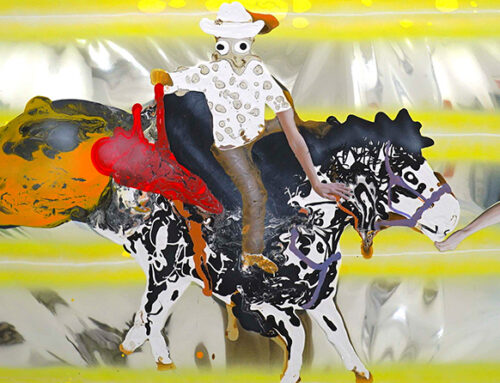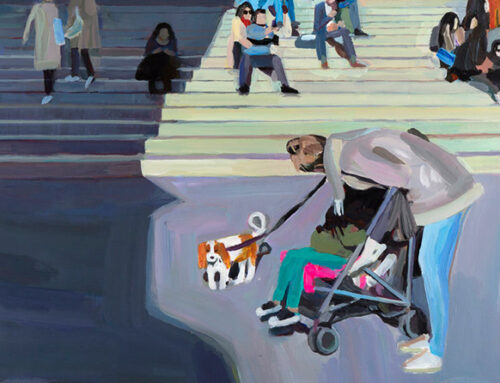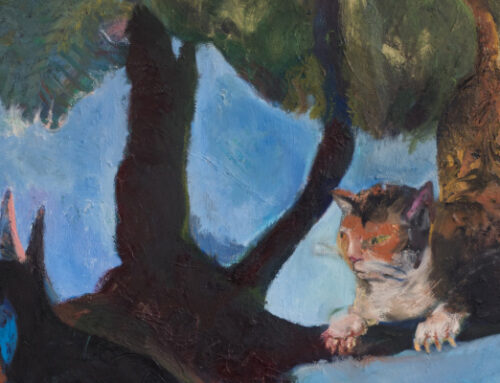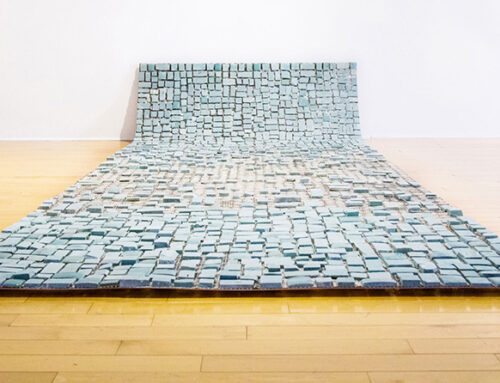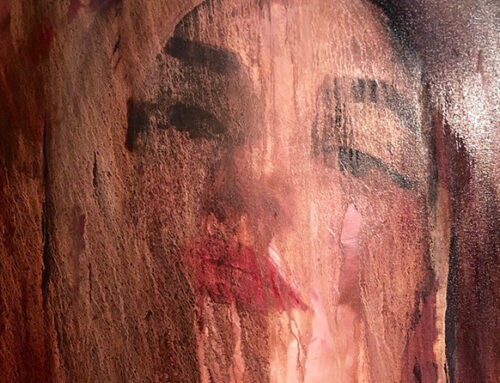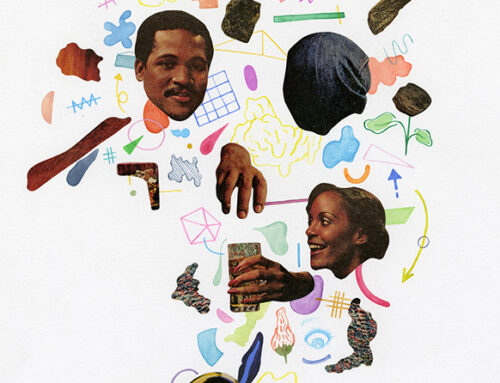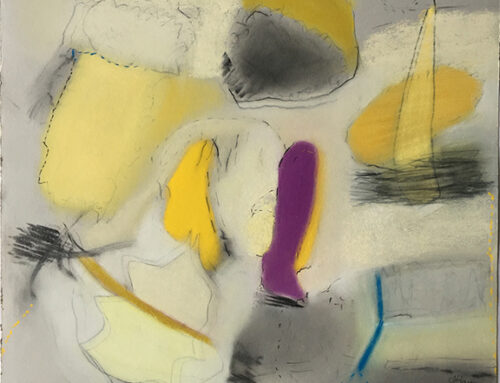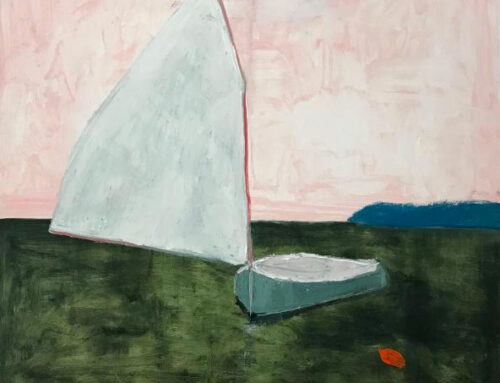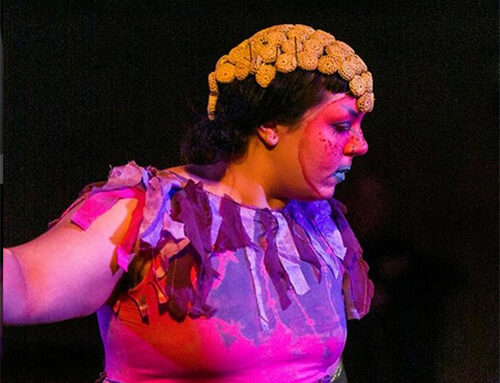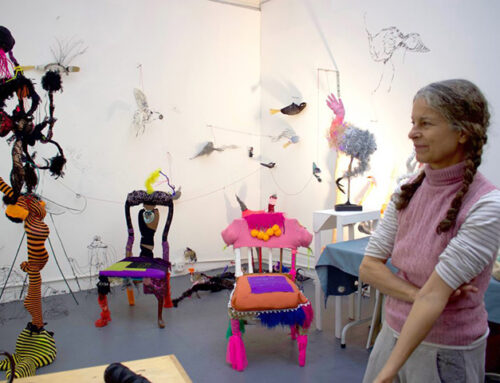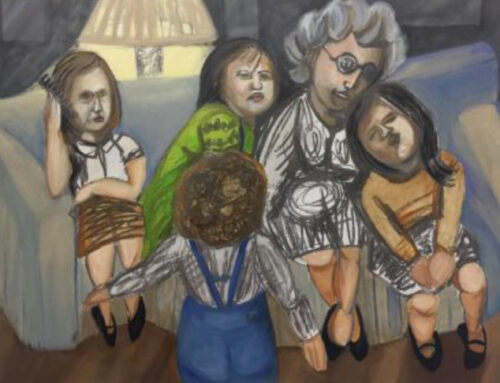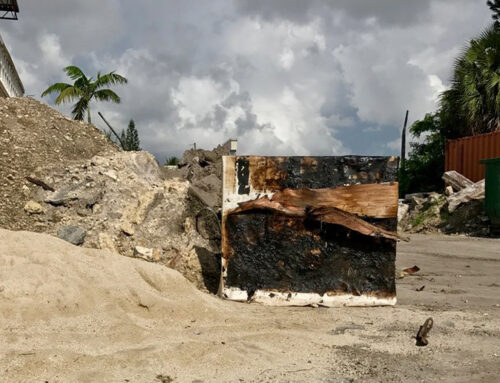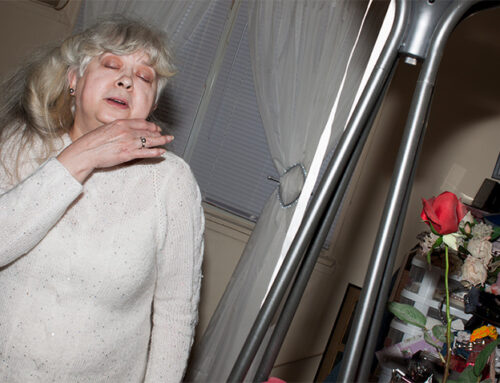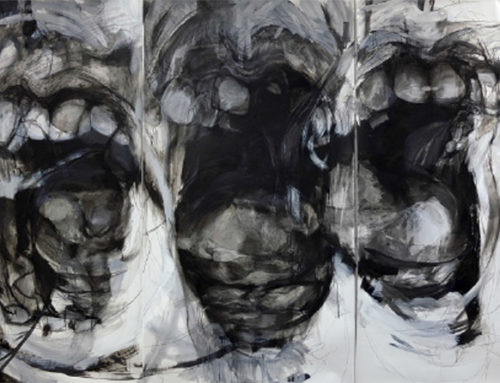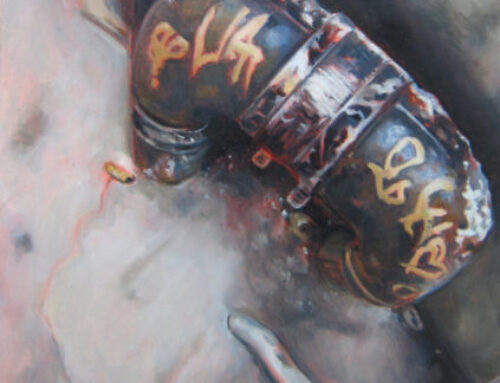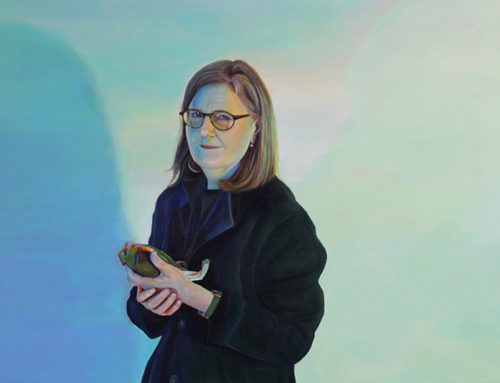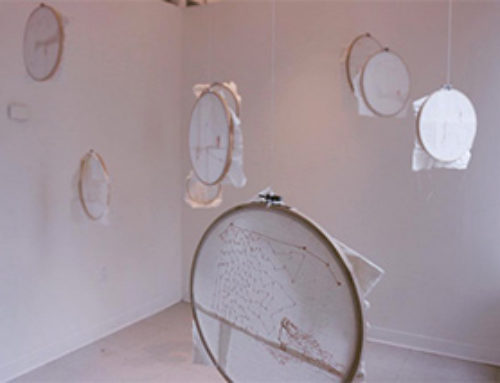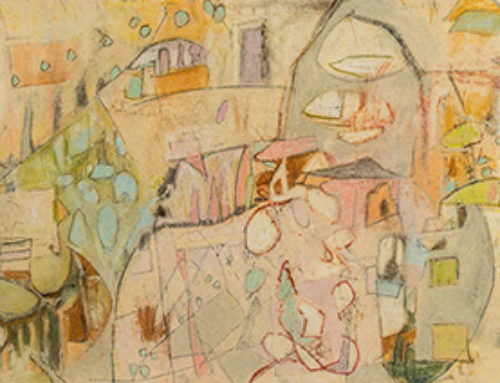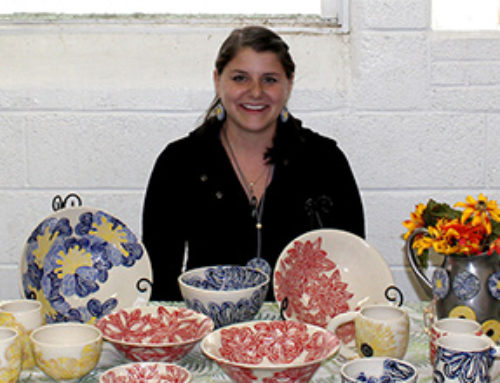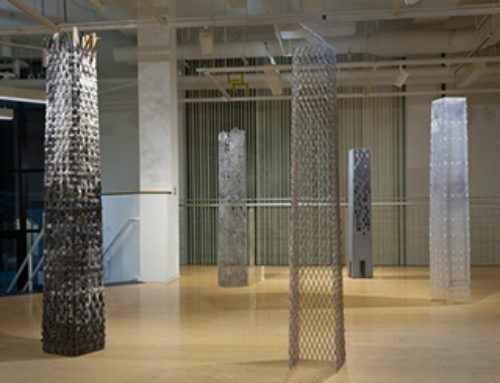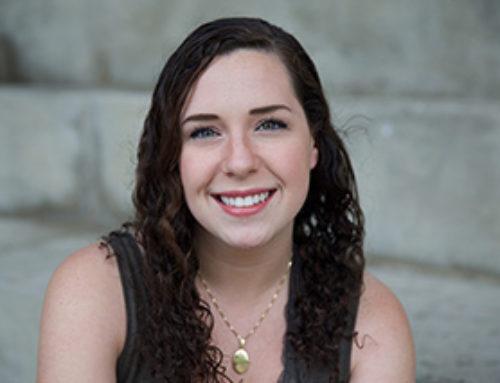
All Together Now
pastel, 20 x 23 in.

In 5-4 Time
pastel, 25 x 27.5 in.

Without End
pastel, 15 x 15 in.
KERRY MOSKOWITZ | INTERVIEW QUESTIONS
Q. How did your passion for art begin taking shape for you—at home, school, a mentor, and other artists who inspired you or a personal experience that started the fermenting process?
A. I began to draw and paint with watercolors at a very early age and since I was never given coloring books I had to create my own images. I enjoyed creating stage sets and three-dimensional mascots at school. As a young adult I pursued modern dance, theater, improvisational theater, architecture and graphic design. My experience of each of these art forms gets expressed in my drawings. A well-known artist with whose work I have always felt an affinity was Georgia O’Keefe, especially her flower paintings. The graceful movement and simple beauty of her forms took my breath away when I first encountered them. Most recently I’ve been inspired by the work of my colleagues in an artist’s collective, The Drawing Galaxy, in which we heartily explore shape, form and color. I also find inspiration during weekly studio time at the Woodstock School of Art with Meredith Rosier, a truly inspirational, generous teacher. And, of course, the continuing exhibition of my work inspires me to develop my work with pleasure.
Q. How would you describe your artwork, in terms of materials or mediums? Has it changed or evolved since formal training and what are your goals for it?
A. Currently my impulse is with abstraction and the exploration of gestural organic forms which have the transformative quality of light and movement of a living entity. By overlapping colors for their illuminative and transparent effect, I integrate illusionistic space. Highlighting and shadowing creates volume and depth whereby forms can float or remain grounded. My earlier studies of capturing the essence of reality through creating volumetric forms with the play of light and shadow are often utilized in my current work. I enjoy the visceral experience of finger painting with pastels, oil and water media. My goals are to continue exploring color, tonality of color and movement in forms as they relate to one another — which are extensions of my imagination.
Q. How important is a personal style to you as an artist or does your work reflect larger social and cultural issues?
A. As a lifelong student of psychology, I am interested in how we humans relate to ourselves on every level and, as follows, how we relate to each other. In my drawings I try to suggest a psychological space or setting where the biomorphic forms appear active, responding to the here and now, and each other through movement. As my work is wedded to abstraction it does not address specific social concerns.
Q. Has being a woman affected your work and others’ perception of it?
A. Since, central to my work, biomorphic forms are flowing, moving, relating, reflective, light-filled, often with feminine shapes, one could easily characterize my work as having feminine attributes.
Q. How do you feel about being part of a woman’s art organization?
A. In regards to being part of a woman’s art organization, I harbor a hope that someday we as women will not need the support and respect offered by a woman’s art organization because discrimination against women will not exist. However, with my understanding of our human condition, the dualities from which we suffer and the subsequent rifts between the sexes — although they may heal to a greater degree in our culture — will always be with us in some form. In this reality, I not only feel grateful to the women who offer this organization with their vision and hard work but I know that mutual respect, common experiences and shared support offered by women for women will have a very positive effect in my progress as an artist.



